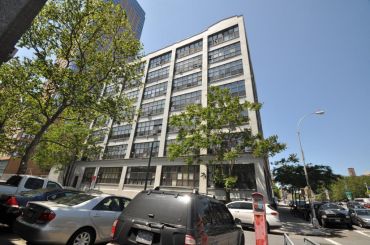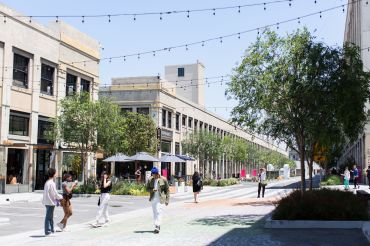Weathering the Storm: 4th Quarter Leasing Saw Improvements
By Karsten Strauss January 8, 2013 7:00 am
reprintsStaring down the barrel of the economic uncertainty in an election year put a damper on brokers’ ability to close leasing deals in the fourth quarter.
“I think people anticipated that the fourth quarter was going to be somewhat stagnant because a large number of space-users were putting off decisions until they knew what 2013 was going to look like,” said Paul Glickman, a vice chairman with Jones Lang LaSalle.
Leasing velocity eased and pricing was flat in 2012, said Cassidy Turley Vice Chairman Richard Bernstein, whose firm moved more than 500,000 square feet in Manhattan during the fourth quarter (plus 50,000 in the outer boroughs).
“When there’s uncertainty about what the new policies are going to be coming out of Washington, business hesitates, funding hesitates, decision-making hesitates. It does cause the market to pause for a while,” he said.
In general, companies have become more conservative in their allocation of space per employee, opting to underscore the importance of common space in offices, reducing square footage needed and saving money.
Sandy’s impact on the market undoubtedly slowed and set back the completion of some deals, Mr. Harbert said.
“There were deals that were active, that were anticipated to close in the fourth quarter—both leasing deals and investment deals—and, truly, because of the storm, those deals have floated into the first quarter,” he explained.
On the retail side, retail king Robert K. Futterman didn’t notice much sluggishness during the fourth quarter—his company realized a significant leap over the prior year, especially during the fourth quarter of 2011.
“The whole year was good,” he said. “Our revenue ended up about 25 percent above last year … but there was a real strong push toward the end in Q4 to get leases signed, to get deals done, especially in the investment sales side, with the tax laws changing.”
Retailers’ attraction to Manhattan locations appears to have overpowered some of the conservatism inspired by the threat of economic uncertainty and flooding. “In the major core urban streets—which is our company’s focus—there seems to be plenty of demand, and Q4 was really a strong indicator of that,” added Mr. Futterman.


